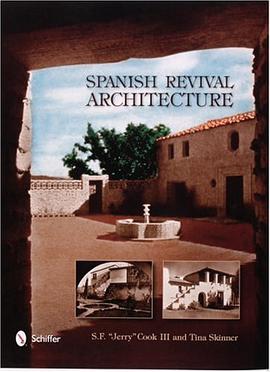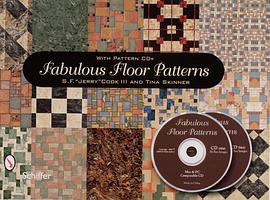

具体描述
When John Ruskin attempted to disparage the Crystal Palace by referring to it as 'a great cucumber frame', he hit upon a truism. The Crystal Palace outdid its Victorian glasshouse contemporaries in public gardens around the world and represented the zenith of a building type that had developed spectacularly from humble horticultural roots. The Glasshouse traces the evolution of glass enclosures from the mid-seventeenth century when the desire to nurture exotic plants in a foreign and often hostile climate led to the development of the glasshouse and ingenious mechanical servicing systems, capable of creating its own artificial microclimate. Through tremendous technical advances in the early nineteenth century, large-scale constructions were built initially for private individuals and botanical societies. Towards the mid-century, with the advent of mass-production and specialist component systems, the fashioning of modular constructions, like the Crystal Palace, became possible. The Glasshouse charts the work of innovators such as Joseph Paxton and J C Loudon, and proceeds to examine their influence on the pioneers of twentieth-century design such as Paul Scheerbart and Bruno Taut.
作者简介
目录信息
读后感
评分
评分
评分
评分
用户评价
相关图书
本站所有内容均为互联网搜索引擎提供的公开搜索信息,本站不存储任何数据与内容,任何内容与数据均与本站无关,如有需要请联系相关搜索引擎包括但不限于百度,google,bing,sogou 等
© 2026 book.wenda123.org All Rights Reserved. 图书目录大全 版权所有




















